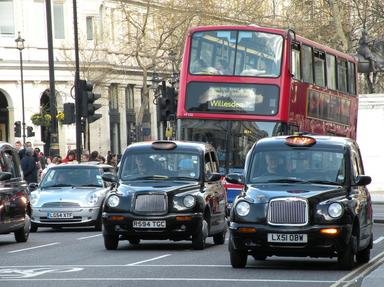Quiz Answer Key and Fun Facts
1. The Champ was produced after World War II, between which years?
2. The Army designation 'Truck, 1/4 ton, CT, 4×4, cargo & FFW, Austin Mk.1' meant that it was a four-wheel drive vehicle designed for CombaT to carry a quarter-ton of cargo and manufactured by Austin. What did 'FFW' mean?
3. Austin contracted to produce 15,000 Champs, but only about 11,000 were built. Why?
4. The Champ had a few features which could trap the unwary driver, the main one concerning the transmission. What was this oddity?
5. The original specification for the Champ called for a Rolls-Royce petrol engine to be fitted, but when production started it was found that R-R did not have the capacity to produce the required number. How was this problem resolved?
6. 'Wading' a vehicle means driving it through water. What was the maximum depth that a Champ could wade without any preparation?
7. The Champ's top speed driving forwards was just over 60 mph (98 kph). What was its top speed in reverse?
8. Did the Champ ever see service in a war?
9. Which major component was the weakest point on the Champ - its 'Achilles heel' - which caused the majority of problems?
10. After the Champ, Austin went on to produce another four-wheel drive vehicle. What was it called?
Source: Author
Charlesw321
This quiz was reviewed by FunTrivia editor
stedman before going online.
Any errors found in FunTrivia content are routinely corrected through our feedback system.

